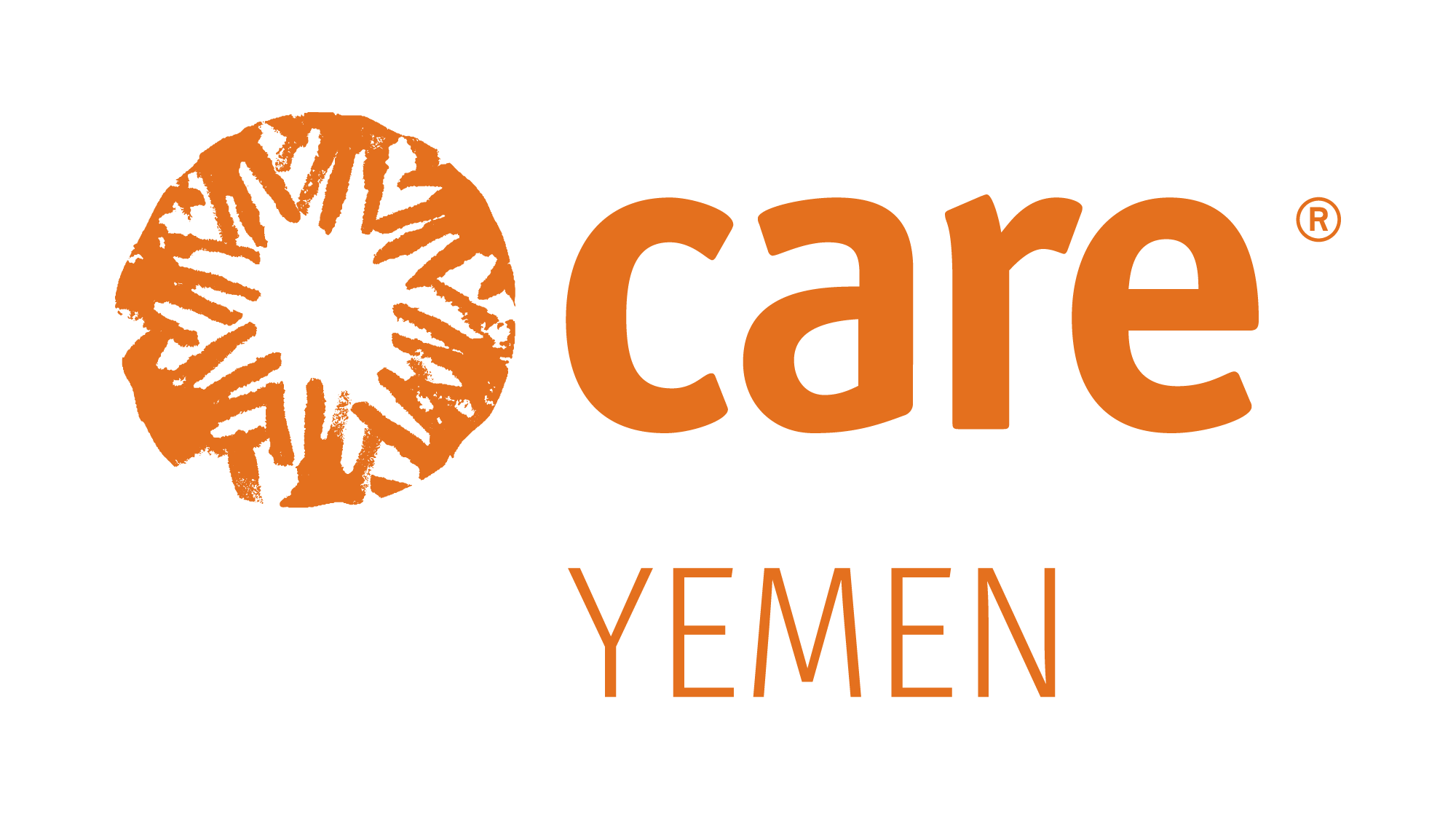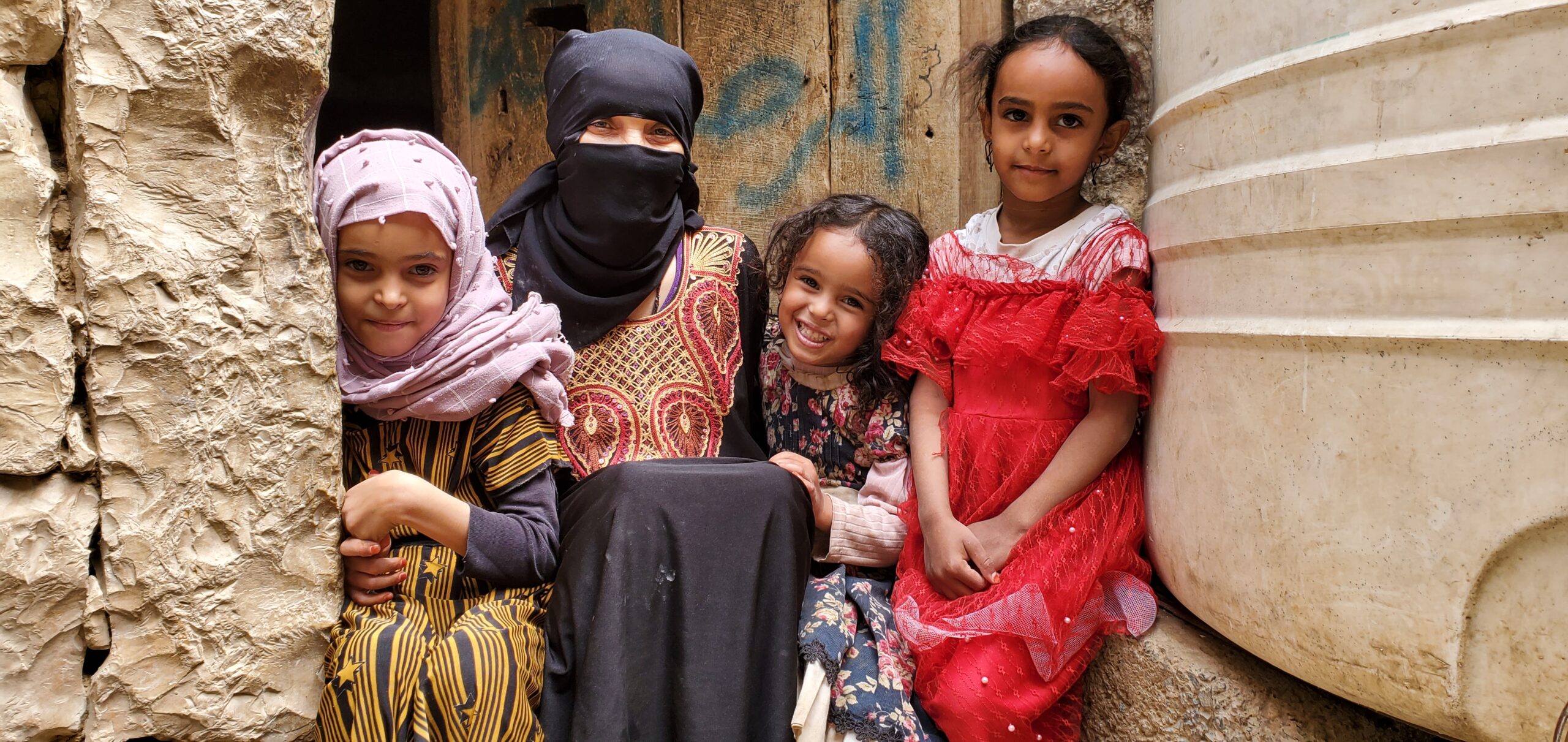After enduring more than seven years of brutal conflict the people of Yemen have finally had the opportunity to experience what it means to feel hopeful. An unprecedented truce, now in its sixth month, brings with it the possibility for longer-term peace and the chance to rebuild lives and livelihoods. But while the conflict has slowed, humanitarian needs continue to increase, and the humanitarian response remains under and unequally funded.
Millions remain displaced, children cannot attend school, livelihoods have been shattered, and the country is becoming increasingly vulnerable to the impacts of a changing climate. Yet almost half of all available funding goes towards food assistance at the expense of other types of aid that can help build resilience and address the underlying and root causes of the ongoing humanitarian crisis.
The truce offers a critical window of opportunity for the international community to enhance concrete returns on their humanitarian investments in Yemen. A focus on closing the unequal humanitarian funding gap and resourcing programs that can help move the Yemeni people away from aid dependence and increase resilience will help ensure the long-term recovery and stabilisation of Yemen. However, the unprecedented opportunity and hope for the future brought by the truce risks being lost if lifesaving programming is reduced due to underfunding. Now is the time for action. The international community must redouble their efforts to support both a long-term truce and a full and equitably funded humanitarian response, in order to allow people to rebuild and recover their lives.
In March 2022, United Nations Resident and Humanitarian Coordinator for Yemen, David Gressly, called for sustained humanitarian assistance to stave off famine and to support an integrated humanitarian response for millions of people; through protection, clean water, basic health care, and access to critical services. Today, however, as we approach the final quarter of 2022, the Yemen Humanitarian Response Plan is only 47.2 per cent funded. More than half of those resources go to food and nutrition, while funding to address other needs remains severely limited, including programming that is critical to increasing resilience to famine and food insecurity like water, sanitation and hygiene initiatives, protection interventions and livelihoods projects. During the last Yemen Senior Officials Meeting (SOM) in June 2022, stakeholders recognized Yemen as a protection crisis, yet despite this, funding for protection programming is at just 36.9 per cent (of the 47.2 percent available).
The current level of hunger in Yemen is indeed unprecedented. Despite ongoing humanitarian assistance, 17.4 million Yemenis are food insecure and in need of assistance to ward off the risk of famine and this number is set to rise to 19 million by December 2022. Malnutrition rates among women and children in Yemen remain among the highest in the world, with 1.3 million pregnant or breastfeeding women and 2.2 million children under 5 requiring treatment for acute malnutrition. Within this fragile context, women and girls are experiencing increased risks of violence and exploitation as families take up negative coping mechanisms.
In order to address this crisis, we must understand the root causes of food insecurity. Conflict remains the primary underlying driver of hunger in Yemen. For example, conflict-related limitations on access to basic needs and services run all the way across Yemen. Attacks on hospitals and clinics and the lack of fuel availability before the truce went into effect, weakened Yemen’s already fragile healthcare system. As a result, access to lifesaving treatment, that is so critical in addressing malnutrition and nursing children back to life, has been severely disrupted. Moreover, the impacts of climate change and natural hazards are cited as key drivers of food insecurity in Yemen, with extreme weather like high temperatures, droughts and floods impacting Yemen’s economy, agriculture, households and health.
Likewise, it is also estimated that 17.8 million people lack access to safe water and adequate sanitation services. The current water network reaches less than 30 per cent of the Yemeni population. Unsafe water, poor sanitation and hygiene (WASH) are directly linked to undernutrition yet WASH programming remains only 22.5% funded. As millions of Yemenis, including women and children, need to walk for miles to fetch clean water they expose themselves to further risks related to conflict. Increased funding for WASH, protection and sustained peace are all required to end this decline.
More than seven years of conflict have decimated Yemen’s economy and left many unable to afford to feed their families, even while food is readily available. The depreciation of the currency in IRG-controlled areas of Yemen, together with conflict-related restrictions on trade and investment, the war in Ukraine and the ensuing disruption of the global food supply chain, has resulted in rising food prices. At the same time, many people are struggling to find livelihoods, and public sector salaries have not been paid regularly -if at all- since 2016. Greater support towards enabling livelihood opportunities is essential to allow ordinary Yemenis to feed their families, now and in the long term.
The truce between parties in Yemen has been holding broadly since 2 April 2022. Neither confirmed airstrikes inside the country have occurred, nor cross-border attacks from Yemen. However, while this offers a welcome respite after over seven years of active conflict, people across Yemen continue to face a dire humanitarian situation and daily, critical risks to life. While civilian casualties dropped by more than 50 per cent during the first three months of the truce, compared to the three months prior, casualties as a result of landmines and UXOs have continued to rise, even while the truce holds.
Increased funding to support a scaled-up Humanitarian Mine Action response across the whole of Yemen is urgently needed, not only to address the immediate critical risks but also as an integral component of Yemenis’ route to stability. And finally, over 8.5 million girls and boys need education assistance, with 2.42 million estimated to be out of school in many instances because teachers are not receiving salaries and must find livelihoods opportunities elsewhere. Limited and unequal education access is destabilising and impedes peacebuilding and development. Despite this, education programming remains only 5.6 per cent funded.
With the truce set to expire on 2 October now is a critical moment both for the people of Yemen, and for the future of the country and region. The international community must do everything in its power to ensure the truce is extended, and at the same time, commit to a full and equitably funded humanitarian response, to allow humanitarian actors to build on gains made by the truce and ensure the long-term recovery and stabilisation of Yemen.
The international community must take immediate action to:
- Engage all parties to the conflict to support and sustain an expanded truce and find a fully inclusive and sustainable political solution to the conflict,
- Deliver on their funding commitments to ensure a full and equitably funded humanitarian response that is designed to address the root causes of humanitarian crises in Yemen,
- Support the meaningful and active engagement Yemeni civil society, including women and youth, as part of the ongoing truce discussions and across all tracks of any future peace
—
ACTION CONTRE LA FAIM / Action for Humanity / ADRA Yemen / CARE / Caritas Poland / Civilians In Conflict / Danish Refugee Council / Direct-Aid / FES / FHI360 / Geneva Call / Handicap International – Humanity & Inclusion / Human Appeal / International Medical Corps / International Rescue Committee / Intersos / OXFAM / Medecins du Monde / Mercy Corps / Norwegian People’s Aid / Norwegian Refugee Council / Polish Humanitarian Action / PUI / Qatar Charity / Relief International /Save the Children / Search for Common Ground / Vision Hope International / Yemen Family Care Association / ZOA


